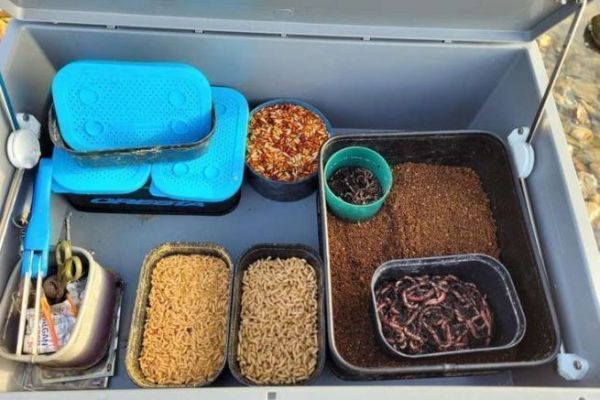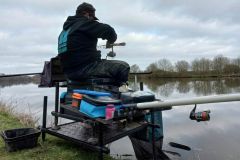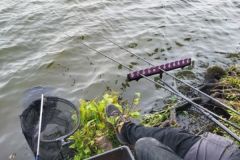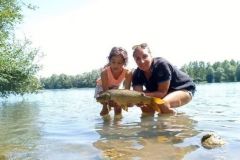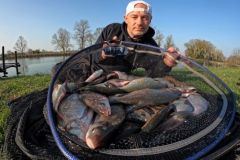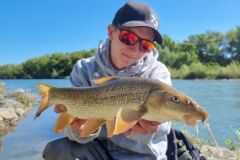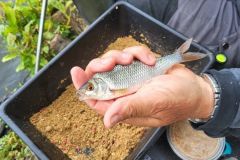Talking about baits seems to go without saying, but read the forums, social networks and even some of the articles in the fishing press and you'll see that they're often not discussed at all. So, are they secret or are they supposed to be? Let's find out!
The primer
Let's start by briefly touching on their favourite terrain: groundbait! It seems that to speak of this mixture with ancestral magic endangers the angler who would have the audacity to do so. This belief is buried deep in the collective unconscious, and I have the image of the incredulous face of my neighbor to whom I had given the exact composition of my groundbait after a competition. How could I have told him my secret? I couldn't! In fact, beyond a well-composed groundbait, the important thing lies elsewhere: in the baits and their management!
Whether natural, plant or animal, artificial or reconstituted, baits are highly diversified. Due to a lack of knowledge, anglers often arrive at the water's edge not knowing what to put in the water, how or why. In most cases, he'll have bought 1 or 2 rations of maggots and gone home with three-quarters of them. In other words, it's not a recipe for success. So what can you do?
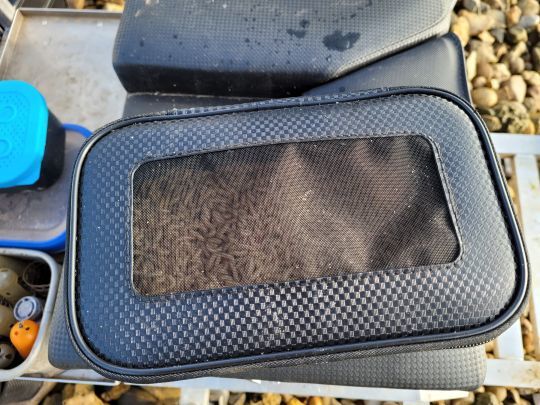
Which bait to choose and how much?
It's impossible for me to give you a fixed, universal rule. Even the maggot, capable of catching fish everywhere and in all seasons, can prove unproductive. On the other hand, I can tell you that the type and quantity of bait to use can be evaluated fairly easily by analyzing certain criteria, keeping in mind that one day is not the same as another:
- The fish you want: this is the first parameter to consider. Carp and bream are real vacuum cleaners, roach like seeds and wriggling larvae, tench love potting soils and sweetcorn, etc. All in all, we can say: small fish, small baits, and big fish, big baits.
- The fishing spot, its depth, its current, the nature of its bottom and the food already present: the current easily carries away less dense bait and live maggots sink into the mud or gravel...
- The season: cold water reduces a fish's metabolism, so don't serve it the same dish as in summer.
- The moment: before and after breeding, I'm hungry... a fish might say, if it weren't mute. In the same way, a splash of water, a wave of heat or cold, etc. have an impact on the appetite of our playmates.
- The habits of fishermen and walkers on a fishing spot: a pond with ducks and geese? Fish with bread. A lake frequented by many carp anglers: don't neglect pellets and fishmeal.
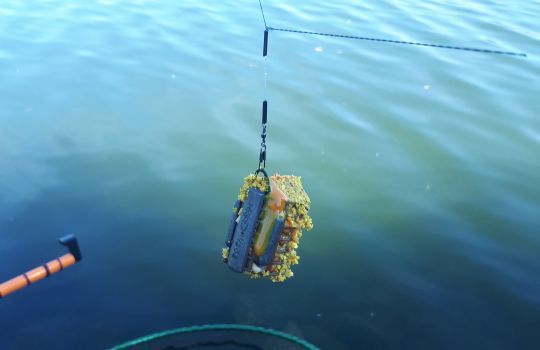
In other words:
- Lots of current and/or lots of fish and/or warm water = lots of bait (we're talking several liters)
- No current and/or few fish and/or cold water = few baits (sometimes a handful of maggots for 5 hours)
My conclusion ... before talking about baits
I can't stress this enough: when fishing, doing the same thing over and over again in the hope of getting the same good result is an illusion. One tactic works one day and not the next. In fact, good fishing isn't about imposing a bait on the fish, it's about adapting to what it wants. The secret lies in knowing which baits to use and how to use them. It's a long and necessary apprenticeship.
In future articles, I won't go through all baits, but I'll focus on the 5 I can't live without and tell you why and how I use them! On the menu and in order: maggots and their variations, earthworms, casters, corn and pellets.

 /
/ 